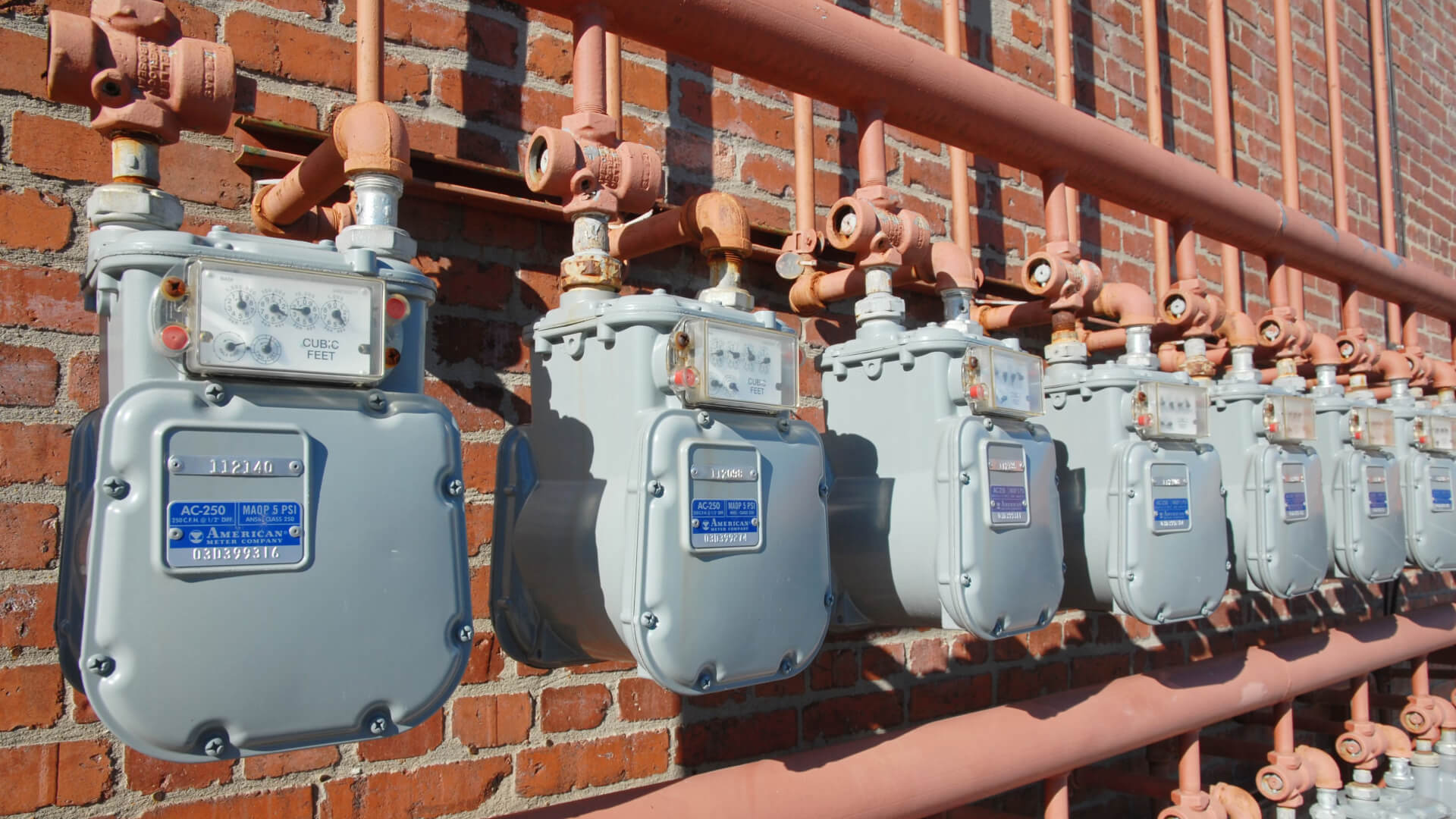Are you continuously raising your rents to keep up with increasing utility bills? Are your single tenants that work during the day complaining about paying for the heat of the family down the hall that has their heat turned on all day? Are your tenants not conserving energy?
Problems often arise when rental properties have utility meters that service the whole property rather than individual meters for each tenant. Let’s say the utility has installed an electric meter for each tenant but only installed one gas meter for the whole building. Here the tenants, because they aren’t paying directly for the gas they consume, are likely to try to heat their apartment with their gas fireplace instead of turning on their electric heat. This ends up costing everyone more if the bill is being split between all tenants or the rents need to be raised to pay for the high gas usage.
This is a common problem for many landlords and property managers. Did you know that in the state of Washington you are allowed to meter your tenants individually and then charge them for the actual amount they’ve used? This process is called sub-metering. You still pay your normal utility bills from the main utility meters as you always have been but now you get to recover that cost by billing your tenants for their usage as measured on their new individual meters.
The process for doing individual tenant utility billing is as follows. First you figure the cost per gallon for water, per kilowatt hour (kWH) for electricity, or cubic foot for gas. Next you multiply this cost by the tenant’s usage for the billing period based on their individual meter reading.
There are three main utilities that are generally considered for sub-metering: water, gas, and electric. Next month we will discuss specifics about sub-metering each of these utilities.
When billing your tenants for their individual utility usage you are not allowed to make a profit. You may only charge them at the same rate at which you were charged. You may, however, be able to charge them a small billing fee. Within the city of Seattle you may charge an additional $2 per utility per billing period not to exceed $5 if multiple utilities are billed.
You have the option of simply reading the meters directly yourself and then send your tenant a bill based on their usage. For meters that are not in one location or hard to access you can get options to connect up with remote displays which are then be located in an accessible location for your reading. Your meters may also be connected, via wires or wirelessly, to a sub-metering solution that allows you or a 3rd party billing service to access your property remotely to do the meter reading and billing from a local PC.
If this process seems too much of a hassle, too complicated, or you just don’t want to deal with it but still want to do sub-metering there are companies that will provide you the complete solution, from installation to billing. Some companies will only do this if you have larger properties with many tenants, however.
It’s worth noting that pretty much any type of splitting of the utilities is allowed as long as it is spelled out clearly in your leases and meets the requirements, if any, stated in local third party billing codes. The city of Seattle has a third party billing code with easy to read Questions and Answers that I’ve found very helpful. At the bottom of the Q&A section is a comment about how Washington State has yet to pass third party billing legislation. See more here.
With sub-metering you no longer need to raise your rents if your utility bills go up. You no longer have your tenants complaining about how unfairly they are being charged for their utilities, and you will find, once tenants are paying for their own utilities, they will conserve and your main utility bills decrease.
For a comprehensive guide to submetering checkout The Ultimate Guide to Submetering.
